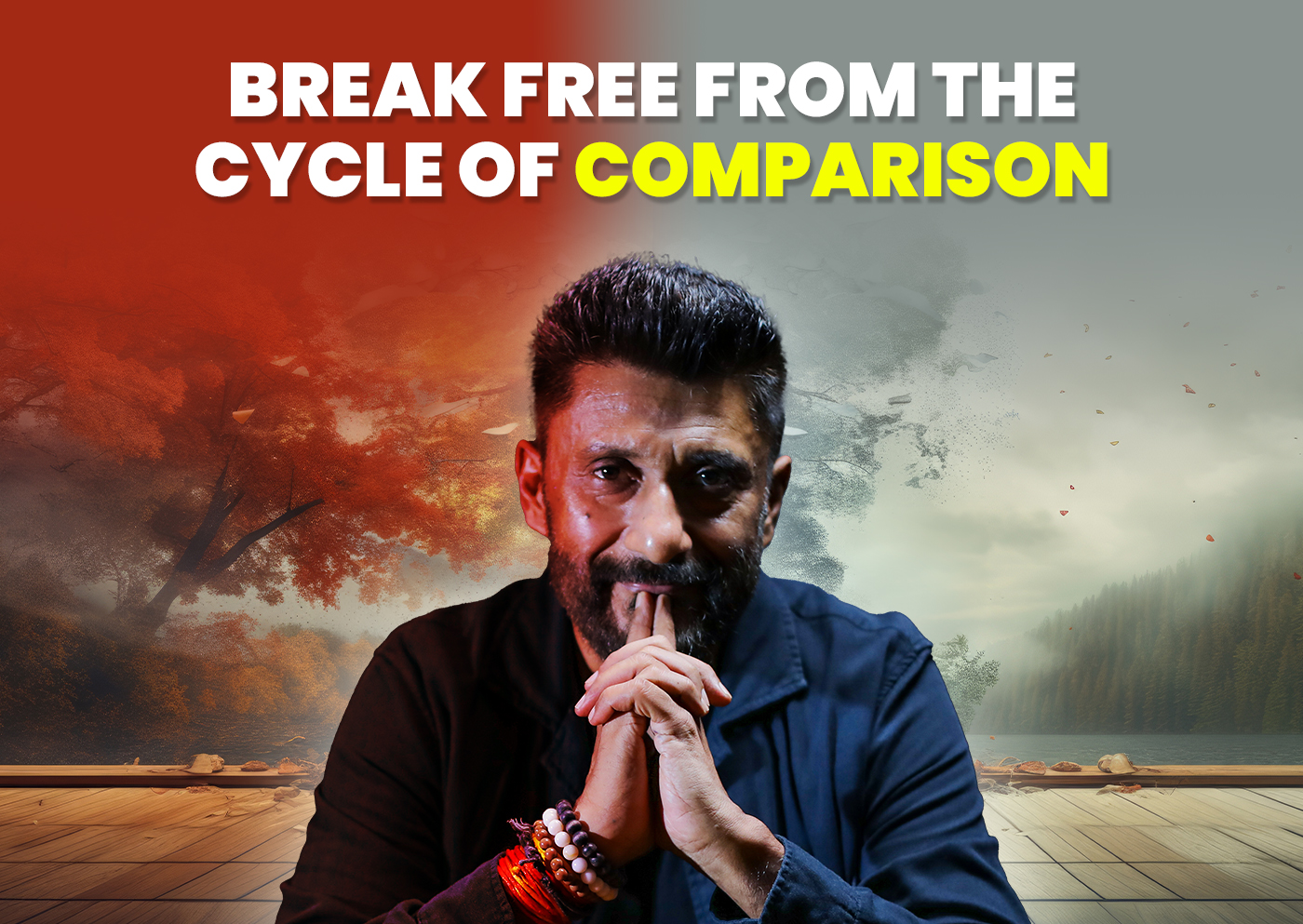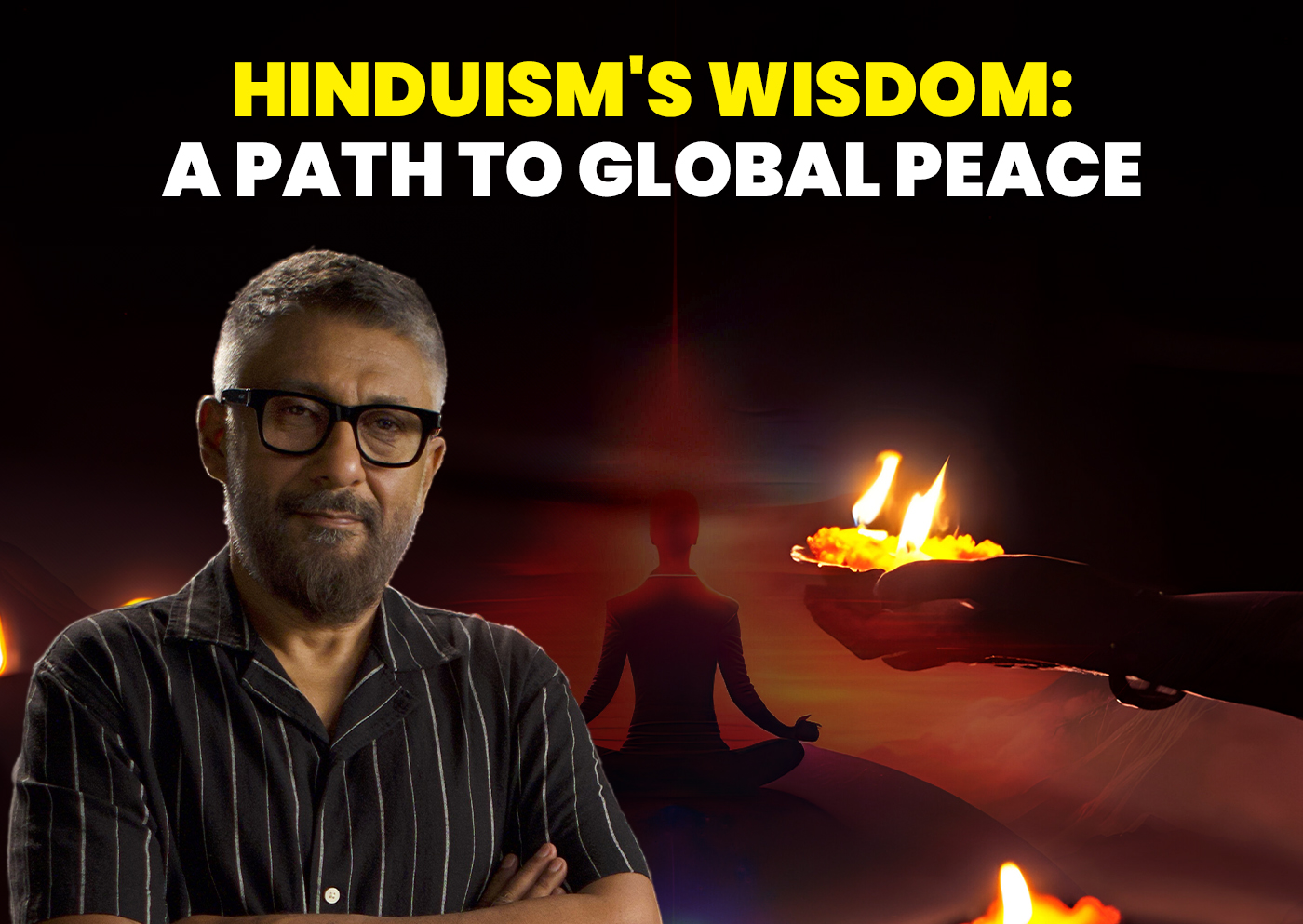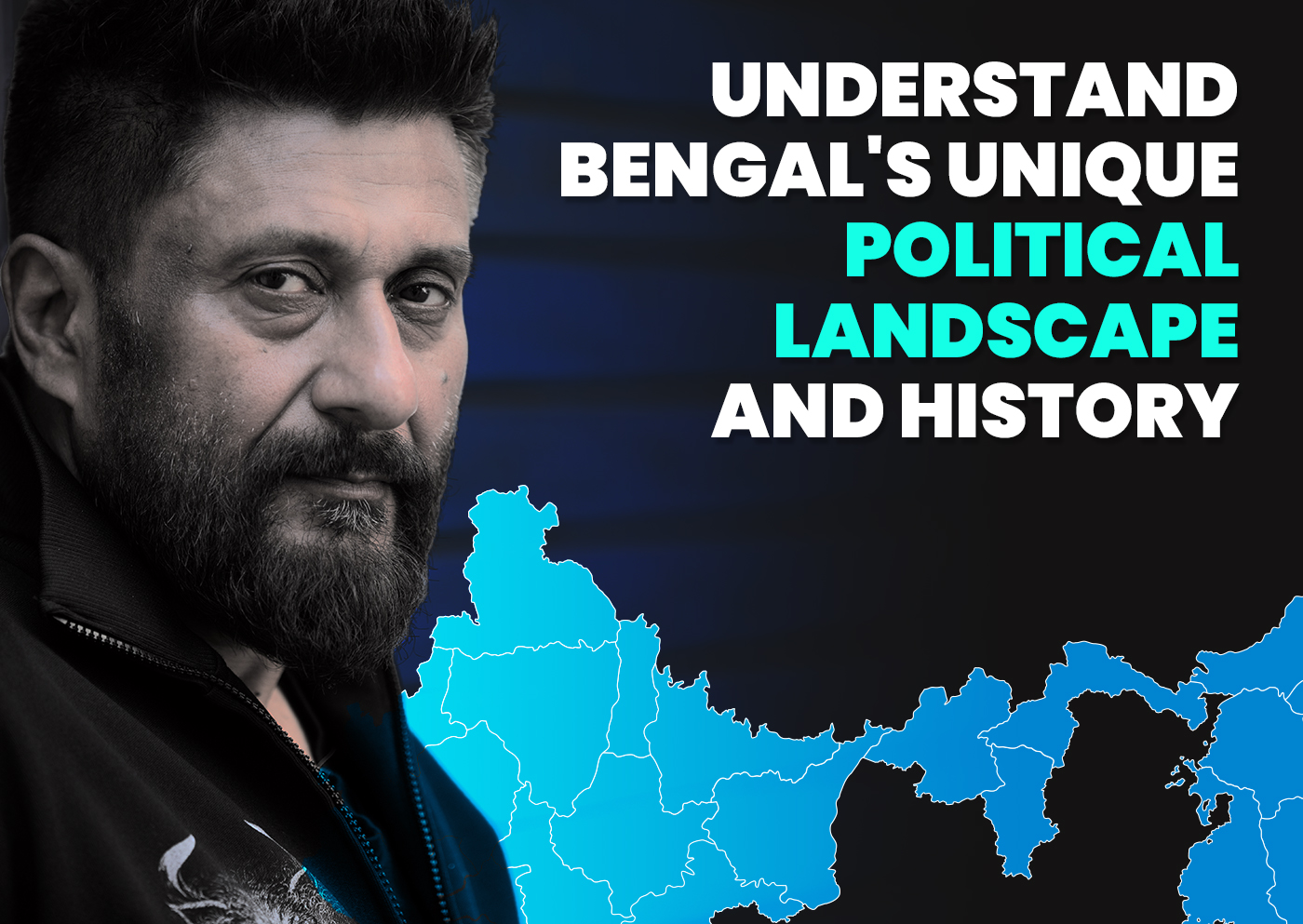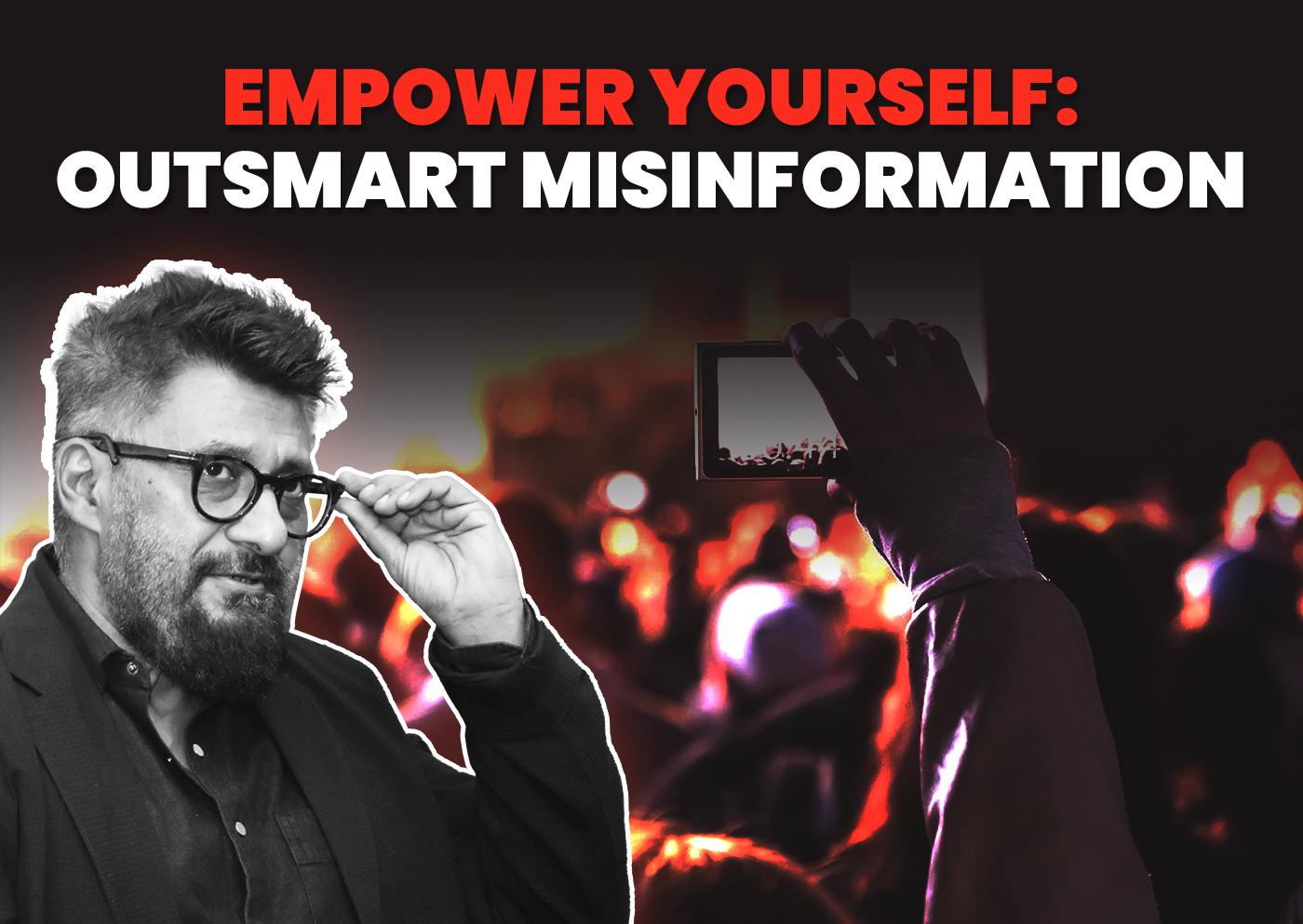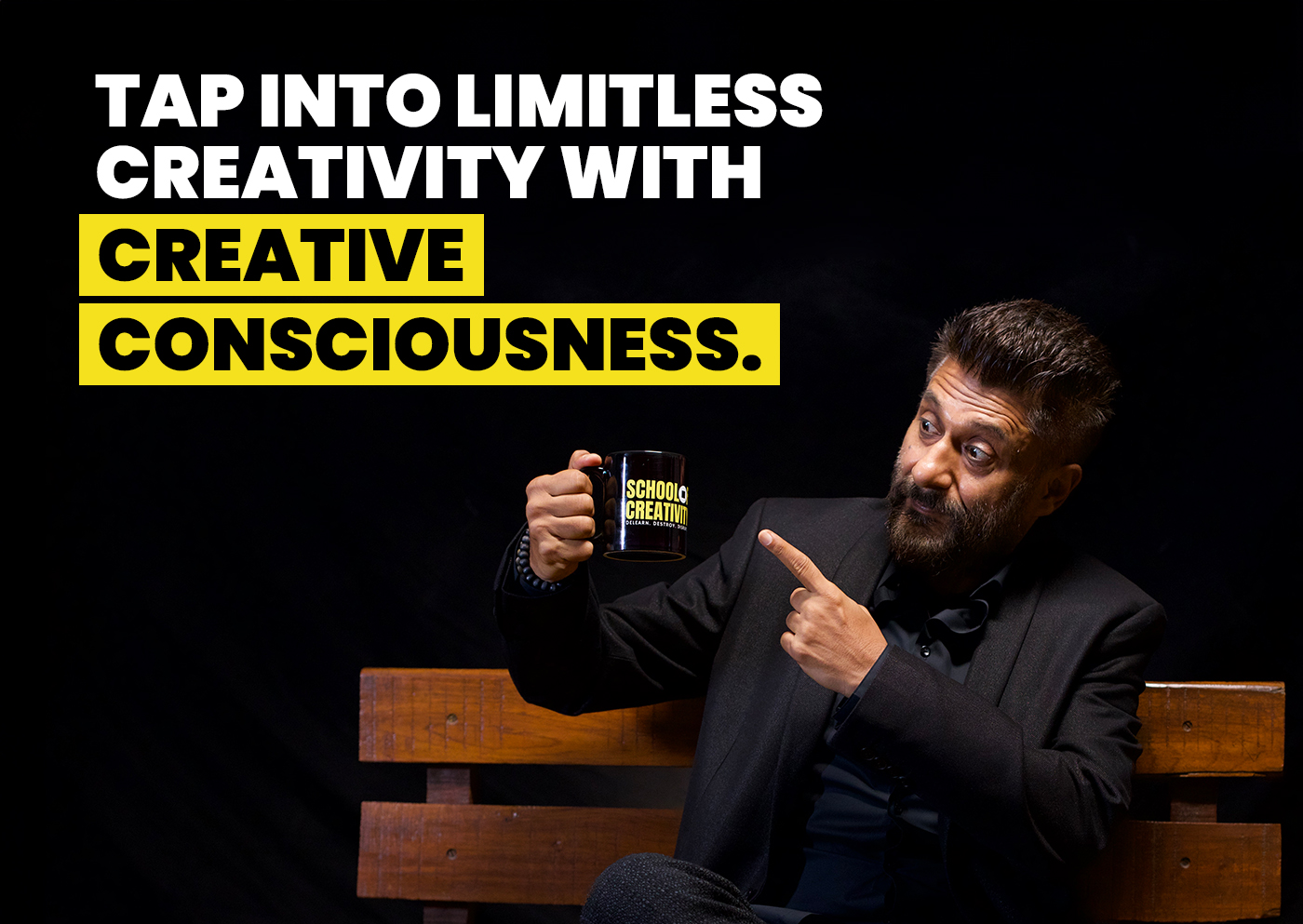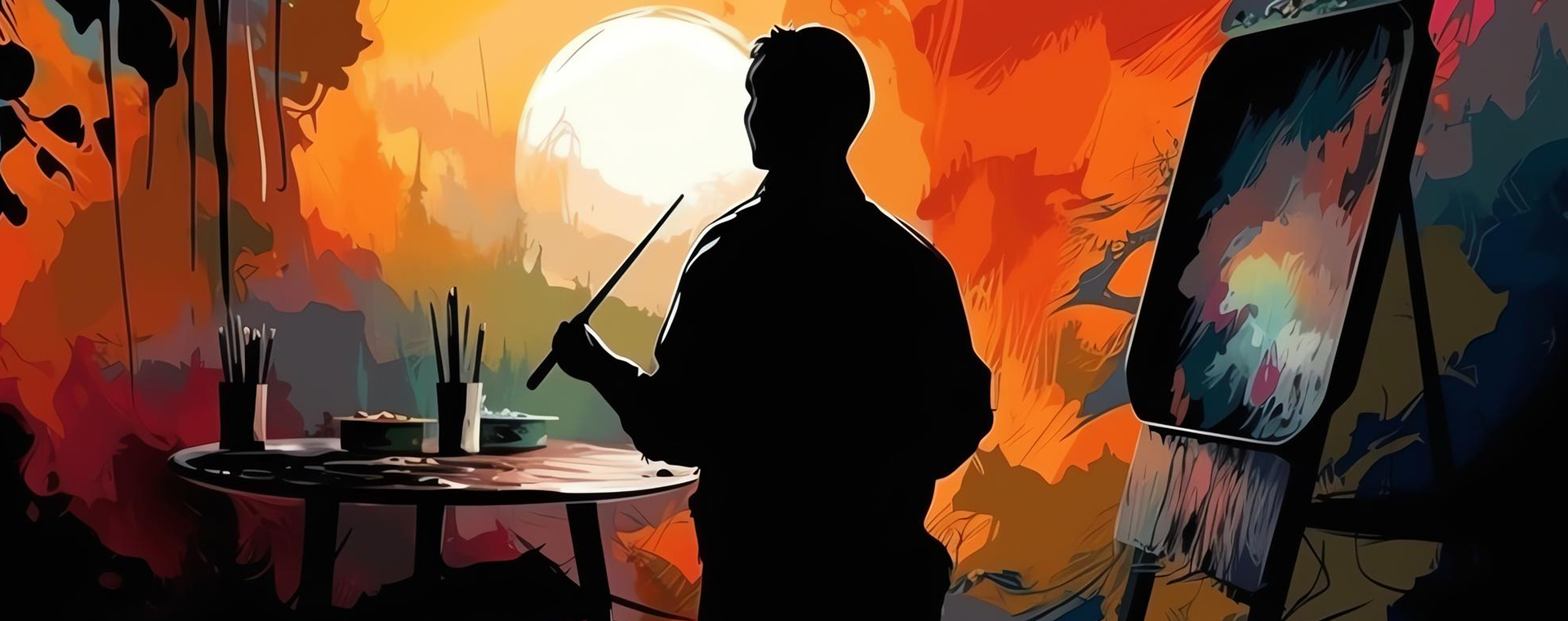
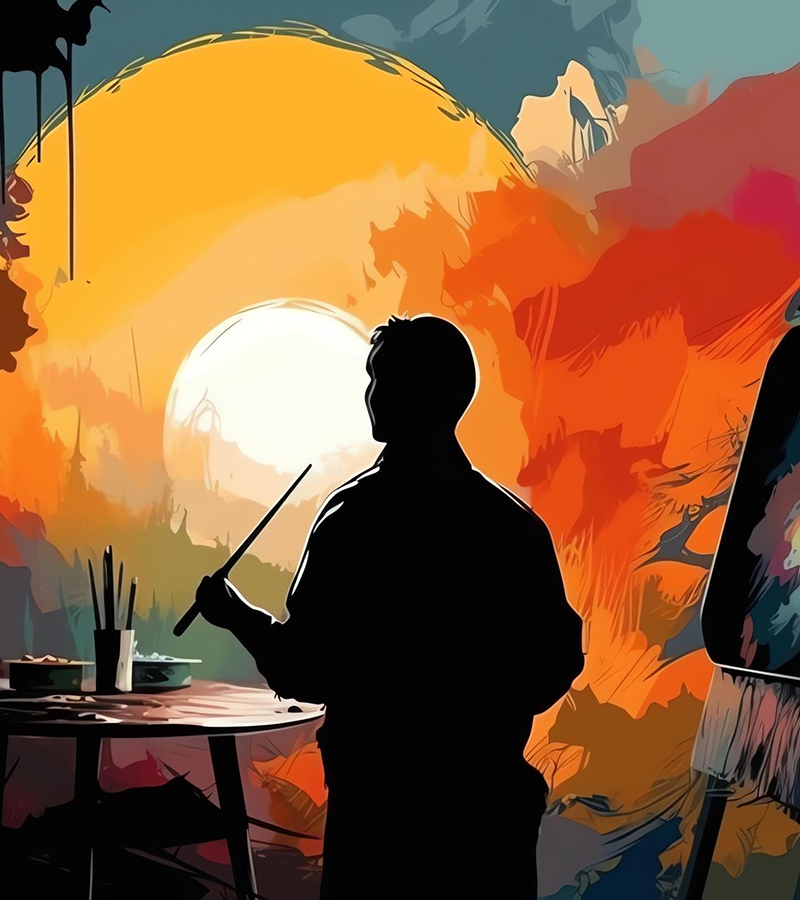
“Art is a powerful tool that can unlock our deepest wisdom and help us experience higher states of consciousness,” says Vivek Agnihotri.
The relationship between art and enlightenment has spanned cultures, fostering creativity and tolerance. Art isn’t just about making things; it’s a journey to the heart of who we are, lighting up our senses and connecting us to a community.
Vivek Agnihotri, one of India’s most celebrated filmmakers, understands this connection between creativity and timeless art. His movies ask the more significant, pertinent questions, connecting people to their inner thoughts and feelings. He mixes art with deep thought, taking audiences to places of reflection and discovery.
In the same way, Agnihotri uses films to awaken society’s curiosity. Any form of art can wake us up to the extraordinary in the everyday. When we pour our consciousness into what we create, we join hands with the universe in the act of creation.
Defining Enlightenment
Enlightenment — a profound state of wisdom, peace, and liberation — is regarded in various traditions as the epitome of human existence, bringing harmony to the body, mind, and spirit. Seekers throughout the ages have aspired to attain enlightenment, aiming to transcend life’s inherent cycles of distress.
In Buddhism, enlightenment means liberation from the endless cycle of rebirth, driven by karma and desire. Hindu philosophy, on the other hand, describes enlightenment as the realisation of one’s Atman — your true self or soul. Most religions practise enlightenment in some form. This inward journey towards introspection and self-discovery is the common thread that ties humanity together.
Reaching enlightenment changes everything. It’s not just thinking differently; it’s a whole new way of being. Enlightened people see past the small stuff and live in deep calm and focus. They feel a strong connection and kindness towards everyone and everything, living fully in the moment and seeing the world in its true light.
The Transformative Power of Art
The transformative power of art comes from more than just its mere creation. Experiencing it can have a powerful impact on your mindset as well. Art helps us find out who we are. It’s like a key that unlocks parts of us that help operate at a higher vibrational energy and makes us more receptive to the world of creativity and culture. We show our inner selves when we make art, whether painting, music, or writing. It’s like peeling off layers and discovering what lies within — what makes us genuine and honest. This can lead to significant discoveries about ourselves and help us grow.
Art is a powerful way to express ourselves and discover what makes us unique. When we create, we often find emotions and ideas that surprise us. This helps us understand who we are and appreciate our unique qualities. Creating art teaches us to be okay with who we are and makes us brave enough to share our work without worrying about criticism. Art lets us share our deepest feelings and dreams without needing the perfect words. It reminds us that, even though we’re all different, we share common feelings and experiences.
Pay more attention to the moment and to what’s around us. Let it calm down the busy part of our minds and help us be more ourselves. Let it light up our lives and remind us of who we really are.
Enlightened Artists
Throughout history, many great artists have found enlightenment and deeper truths through their creative work. Here are some compelling examples:
- Leonardo da Vinci, a polymath and a foundational figure of the Renaissance, exemplified the integration of art, science, and spirituality. His meticulous studies of the human body, nature, and mechanics were not just scientific studies but also a quest to understand the universe’s interconnectedness and divine design.
- Frida Kahlo, renowned for her intensely personal and vividly coloured self-portraits, used her art to explore complex themes of identity, postcolonialism, gender, class, and race in Mexican society. Her paintings are not merely artistic expressions but deep explorations of personal and collective unconsciousness, reflecting her physical and emotional suffering.
- Vincent van Gogh, whose turbulent mental state and emotional depth were vividly expressed in his paintings, found solace and meaning through his art. His letters to his brother Theo reveal his philosophical and spiritual inquiries, showing how his artistic journey was also a search for existential understanding and enlightenment.
- Georgia O’Keeffe, known for her paintings of enlarged flowers, New York skyscrapers, and New Mexico landscapes, expressed a spirit of independence and a profound connection with nature. Her work reflects a deep personal mythology and a pursuit of emotional and spiritual truth beyond the visible.
These artists each uniquely utilised their creative mediums to explore existential questions, seeking and sometimes achieving enlightenment. Their work and lives illustrate the power of art to explore and express the deepest truths about existence, showcasing art as a potent vehicle for inner transformation and understanding.
Art in Eastern Traditions
Many Eastern art forms have been developed as reflections of spiritual ideals or as meditative practices themselves.
- Mandalas are symbolic circular images in Buddhism and Hinduism that are focal points during meditation. The detailed patterns pull the viewer’s focus inward, representing the universe and wholeness. Creating mandalas requires extreme focus and can aid in the path towards enlightenment.
- Tantric art in the Hindu and Buddhist traditions uses symbols and geometric patterns to connect the spiritual and physical worlds. Complex illustrations of deities in union represent the metaphysical merging of masculine and feminine energies. In making tantric paintings, mindfulness can be a meditative act.
- Zen poetry, including haiku, has roots in Buddhism. These minimalist poems encourage being fully present in the current moment to develop mindfulness. They often describe ephemeral natural scenes and aim to capture enlightened revelations. Writing or reading zen poetry can allow one to detach from the ego and embrace new perspectives.
Exploring how Eastern art forms tie into spiritual practices and enlightenment can inspire artists in any medium. The reflective process of creating can lead to self-discovery
Mindfulness in the Creative Process
Mindfulness and creativity go hand-in-hand. When fully present in the creative process, artists tap into a state of flow that enhances imagination, intuition, and insights.
- Being mindful calms the mind and brings our attention to the present moment. It’s about observing without judgment and being fully engaged in the process. This allows ideas to emerge effortlessly rather than forcing them.
- Finding this mindful flow helps artists relax and stop overthinking. The inner critic is silenced, and creative blocks dissolve. There’s a sense of joy and freedom in the exploration.
- Without grasping or expectations, artists become open vessels for inspiration to arise spontaneously. Paying attention to their senses and embracing the “beginner’s mind,” they see things in new ways.
- Through mindfulness, artists express themselves from a place of authenticity instead of ego. Their work comes from an inner truth, not seeking approval or acclaim.
Presence in the creative act is transformative. In a mindful state, artists are in touch with their most profound nature, sharing this through their art. The art becomes mindful — embedded with presence, attention, and consciousness.
The Complete Canvas
Art and enlightenment have always been deeply intertwined. Throughout human history, art has served as a means of expressing our highest aspirations and reaching transcendent states of awareness. Creative expression allows us to tap into deeper truths about ourselves and our world. It illuminates the human condition and expands our consciousness.
As we have seen, enlightened artists approach their craft as a spiritual practice. They are mindful, present, and seek self-realisation through their work. The creative act can induce meditative, trance-like states. Great works of art can inspire profound shifts in perception and worldview for both the artist and the audience.
Art reminds us of what is possible. It reveals life’s beauty, mystery, and interconnectedness. At its best, art uplifts transforms, and liberates. It leads us to greater empathy, wisdom, and peace — art and enlightenment call to our shared humanity’s deepest, noblest parts.
To end up, here is a beautiful quote that puts everything into perspective with just a simple line:
“Art has the potential to be a catalyst for enlightenment. When we create or experience great works of art, we glimpse our highest nature.” – Vivek Agnihotri.

